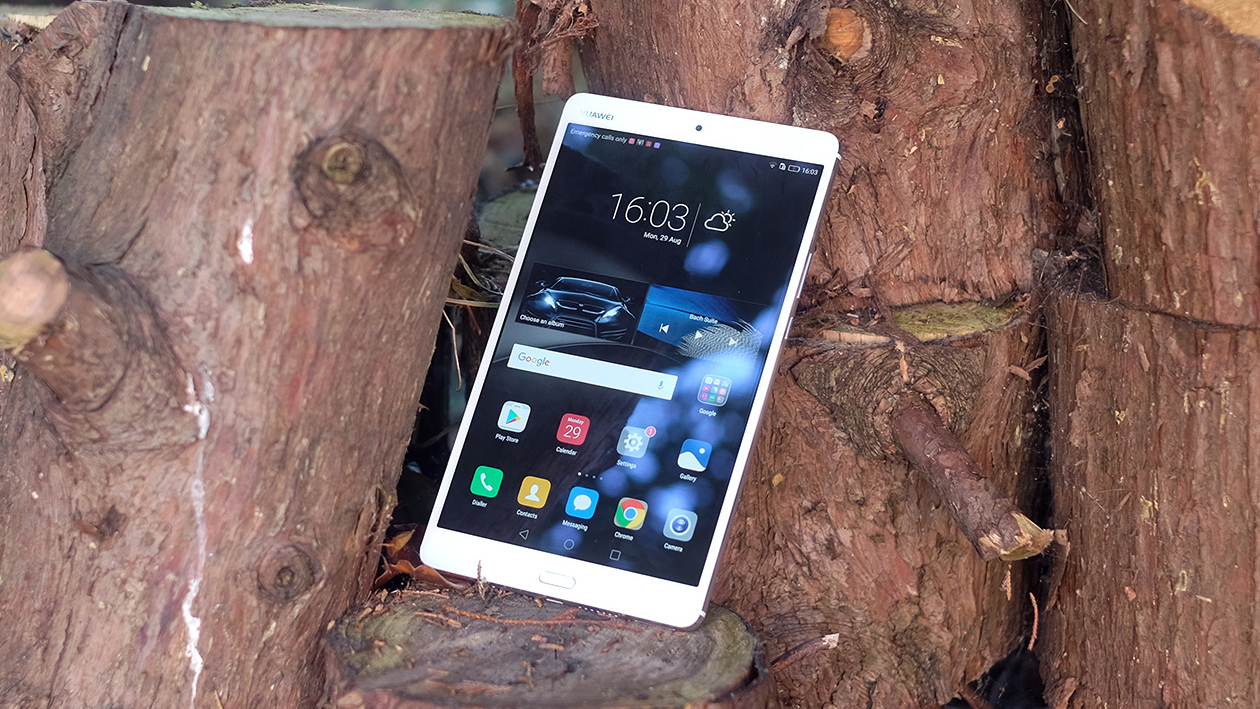Why you can trust TechRadar
The Huawei MediaPad M3 runs Android 6.0 behind Huawei's Emotion UI interface, which is used in just about every Huawei and Honor mobile device – Android 7.0 Nougat was released right before the M3 was announced, so we wouldn't have expected Huawei to have been able to include it.
There is still no sign of Android 7 software coming to the tablet over a year after it launched, so it may be Huawei will decide not to update it after all.
And, as it happens, EmotionUI actually adds one of the main features of Android 7.0: multi-window app multitasking. Long-press the square soft key and you can boot up two apps at once. Not every app can be launched like this, but Netflix, for example, can – so you could watch a movie while keeping one eye on your Facebook feed.
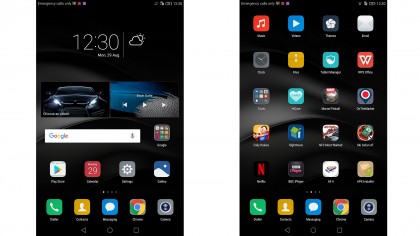
It works in portrait or landscape orientation too – the landscape option is particularly useful for taking notes while you read something.
The rest of the Huawei MediaPad M3's software is standard Huawei fare. That means you don't get a separate apps menu, just a bunch of home screens onto which all your apps drop. If you want to keep organised, you can lump apps into folders. It's really the only way to avoid using loads of home screens, unless you don't use that many apps.
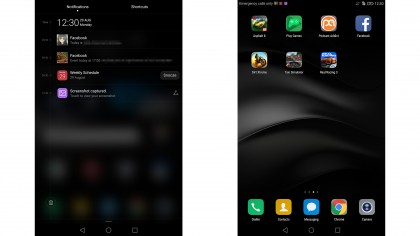
Some people end up really disliking Emotion UI in phones, but we find it a bit less contentious in a tablet. We tend to flick between apps a bit less rapidly than when using a phone.
Despite Emotion UI altering the look of Android quite a bit, the Huawei MediaPad M3 isn't weighed down by lots of superfluous apps. There's a set of 'Tools' apps including a voice recorder, virtual mirror and compass, but they're filed away in a separate folder, designed to be more-or-less ignored unless you need them.
The WPS office suite is installed too. This isn't something Huawei has created, just one of the more popular Android office suites.
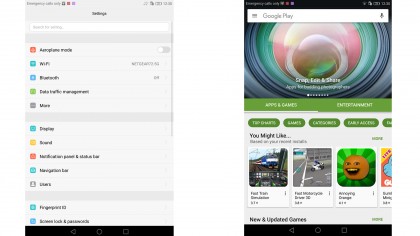
The other more Huawei-specific element of the MediaPad M3's software is themes. This is an important feature of Emotion UI, but on this tablet you only get two choices, a black theme and a blue one; more may become available to download through the Themes app after a software update, but right now you can only use these locally-stored ones.
Performance
Some versions of Emotion UI can make a phone or tablet feel pretty slow to use, but the Huawei MediaPad M3 is pretty fast in day-to-day operation. It packs a generous 4GB RAM, and uses the HiSilicon Kirin 950 CPU.
The Kirin 950 is a fairly high-end member of the HiSilicon CPU family, with four Cortex-A53 everyday cores and four Cortex-A72 performance cores, which are matched with a Mali T880 GPU.
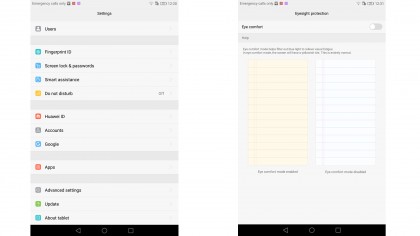
We found the Huawei MediaPad M3 nippy enough when using everyday apps and just flicking through the Android interface. However, things started to come apart when we tried playing high-end games.
Despite the impressive-sounding specs, the Kirin 950 just doesn't seem powerful enough to keep up with serious polygon-flinging given the demands of the high-res 2560 x 1600 screen.
At the default High graphics setting Asphalt 8 is painfully slow, and choppy enough to make the game much less fun to play. Even at the Very Low setting there's the occasional frame rate dip.
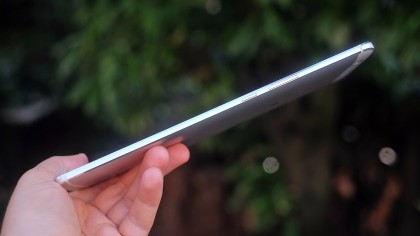
As one of Android's prettiest games, Asphalt 8 is a pretty reliable way to test a tablet's limits; however, there are signs of slow-down in less demanding titles too.
Gameloft's Modern Combat 5 suffers from some juddery moments during intense action scenes, and even Dead Trigger 2's frame rate is less than optimal – and Dead Trigger 2 tends to scale very well to different devices.
The Huawei MediaPad M3 should be a great tablet for gamers, but it isn't.
Andrew is a freelance journalist and has been writing and editing for some of the UK's top tech and lifestyle publications including TrustedReviews, Stuff, T3, TechRadar, Lifehacker and others.
